“If people looked at the stars each night, they’d live a lot differently.” —Bill Watterson
******
It’s gardening season at last in the Chicago Region. After a spate of chilly nights, which kept me from planting some of my more tender veggies, everything is finally in. Most everything, that is.

Fall-planted garlic is sailing along. Somewhere, I made a note of what type I planted. Somewhere.

I love green onions, and my Egyptian Walking Onions, planted years ago when we first moved here, continue to flourish. They are as much art in the garden…

…as they are utility players; emergency onions that sub in recipes when we run out of the bigger supermarket bulbs.

Those swerves and curves! The plants will have tiny bulbils at the end of each stem which weigh it down, those bulbils plant themselves to start the process of “walking” all over the garden again. So much fun. In the same raised bed, our everbearing raspberries (“Joan J”), now in their second year, are flowering and fruiting. My mouth waters just thinking about fresh berries.

Near the house, the stinging nettles I wrote about two weeks ago that made a surprise appearance in our yard are still in place, with caterpillars webbed into at least a dozen leaves. I’ve made my peace with keeping the plant until it looks like the red admiral butterfly caterpillars are finished with it—or maybe July, whichever comes first. We’ll see. Imagine my surprise when I saw our backyard wasps visiting the leaves! Evidently, they are a caterpillar predator. Uh, oh…

Drama reigns. I turn my eyes from this horror show and focus on the lovely flowers blooming all around me instead. Nature has such contrasts. The non-native garden traditional garden plants are having their moment, especially Siberian iris, reliably blooming right around Memorial Day. My native blue flag iris near the pond won’t be far behind.

Peonies are in bud…

…and in bloom.

My yard is about 70% native plants; 30% traditional garden plants. One of my New Year’s resolutions was to test a cultivar of one of the prairie natives for its value to butterflies, birds, and bees against the natives themselves. With this in mind, I purchased the most outrageous “nativar” I could find locally— “Rainbow Sherbet” coneflower from the “Double-Dipped” series of Echinacea. I also purchased the native purple coneflower (Echinacea purpurea)…

…and I already have the pale purple coneflower (Echinacea pallida) growing in my front yard prairie planting.

I’ve talked to conservation organizations and garden clubs about avoiding the native plant cultivars so prevalent in the nursery industry; especially doubles like “Rainbow Sherbet,” as they are said to have multiple issues (less value to wildlife as only one). This particular echinacea is touted as “loaded with nectar for pollinators.” So, this season, I’m going to see for myself. My plan is to keep notes on what insects and birds visit the different coneflowers throughout the summer and fall. Stay tuned for the “Coneflower Contest.” How will the pollinators vote?
As I look for an ideal spot for the two new coneflowers where I can easily keep an eye on them, I notice our native pawpaw tree has….could it be…fruit? Tiny developing pawpaws! That’s a first for our backyard. Will they mature? We’ve always had flowers, never fruit. Fingers crossed.

How exciting!
Back in the vegetable garden, I plant the Bush Lake green beans in a block between the zinnias and tomatoes. I had sworn off putting in so many tomato plants this season—and yet it seems my idea of restraint is nine plants. What can I say? They looked so good at the nursery. And who can resist the heirloom tomato Brandywine, with its iconic potato leaves?

Or the “Patio” tomato, which loves containers? Or those sweet yellow cherry tomatoes? Despite the lateness of the month, I did plant some kale (it seems to handle the long summer heat pretty well if I cut it back and may make it to fall) and the always dependable rainbow radishes from Park Seed. A few kohlrabi, bok choy, some arugula, and spring onions are also in. It seems a bit late for lettuce, but we’ll see how it goes. I have a penchant for the butterheads; I planted Tennis Ball, the beautiful Merveille des Quatre Saisons that I can’t do without in the garden, and Little Gem — all favorites. I can always pull them early if they begin to bolt.
I also expanded our front yard prairie planting to include three pale beardtongue, a prairie milkweed, and four prairie smoke plants, one a thoughtful gift. Watering is critical for a new prairie planting the first year, so I’m liberal with the hose. Later, I’ll let them fend for themselves.

Water has been a big issue these past two weeks. Out on the prairie where I’m a steward, we planted 24 new pasque flower plants. However, the critters—perhaps thirsty for the water we soaked them with when planting—dug up six of them and tossed them aside. Ouch! By the time I went back to check the following week, they seemed to be goners. We’re going to try some little cages on a few of them to see if that helps. I feel for the wildlife; Willoway Brook nearby is running low and choked with algae. I wouldn’t want to drink that, either. But hey—stay away from our planting, critters!

In the evenings on the prairie, the silvery mounds of cream indigo seem to glow. Blue-eyed grass and bastard toadflax are everywhere, and prairie phlox, while a little sparser than in previous seasons, is still a show-stopper. In the mornings, the Ohio spiderwort washes parts of the prairie in blue.

On these last days of May, I try to walk the prairie in the evenings. The long shadows of the fire-resistant black walnuts and oaks stretch across the lush grass, seemingly to beckon me inward. Birdsong (aided by my Merlin app) from cedar waxwings, indigo buntings, Baltimore orioles, and other birds lull me into a contentment that sometimes eludes me during a busy day at home.

Night follows. On Memorial Day, tipped off by friends, Jeff and I stood in the driveway just after dark, and watched the International Space Shuttle arc overhead. Its staff of astronauts, traveling 17,500 miles per hour, will see 16 sunrises and sunsets each day. (Click here to see how to sign up for alerts for where and when to see it where you live). The shuttle circles the Earth every 90 minutes, but it’s the first time we’ve ever seen it move through the night sky.
What a wonder! So much is happening all around us that we don’t even notice, both in the vast constellations of the universe and the black dirt of our backyards.

June is on the way.

But how astonishing are these last day marvels of May.
*****
The opening quote is from Bill Watterson (1958-), the creator of the award-winning comic strip “Calvin and Hobbes,” which ran from 1985-1995. He ended his run with the comic on December 31, 1995, saying he was eager to begin working at a “thoughtful pace, with fewer artistic compromises.” A political science major, Watterson named Calvin for an 18th Century theologian and Hobbes for a 17th Century philosopher.
*****
Join Cindy for a Program or Class
The Tallgrass Prairie: An Introduction–on National Prairie Day! Saturday, June 3, 1-2:30 p.m. CT, Sterling Farmer’s Market (at the Pavilion) in Sterling, IL. Free and open to the public. Indoors in case of rain.
Literary Gardens Online –-Wednesday, June 7, 7-8:15 p.m. CT, Bensenville Public Library, Bensenville, IL, via Zoom. Free but you must register to receive the link (participation may be limited to first sign ups). For more information and to register, contact the library at 630-766-4642.
“In Conversation Online with Robin Wall Kimmerer,” June 21, 2023, 7-8 pm CT via Zoom. Brought to you by “Illinois Libraries Present.” Number of registrations available may be limited, so register here soon.
Beginning Dragonfly and Damselfly ID — Friday, June 23, 8:30am-12:30 pm CT, The Morton Arboretum, Lisle, IL. Registration and more information can be found here. This class is split between classroom and field work. Fun! You don’t need to know anything about dragonflies to join us.
More classes and programs at www.cindycrosby.com
Thank you, John H., for the tip-off on the International Space Shuttle this week. We were awed.




















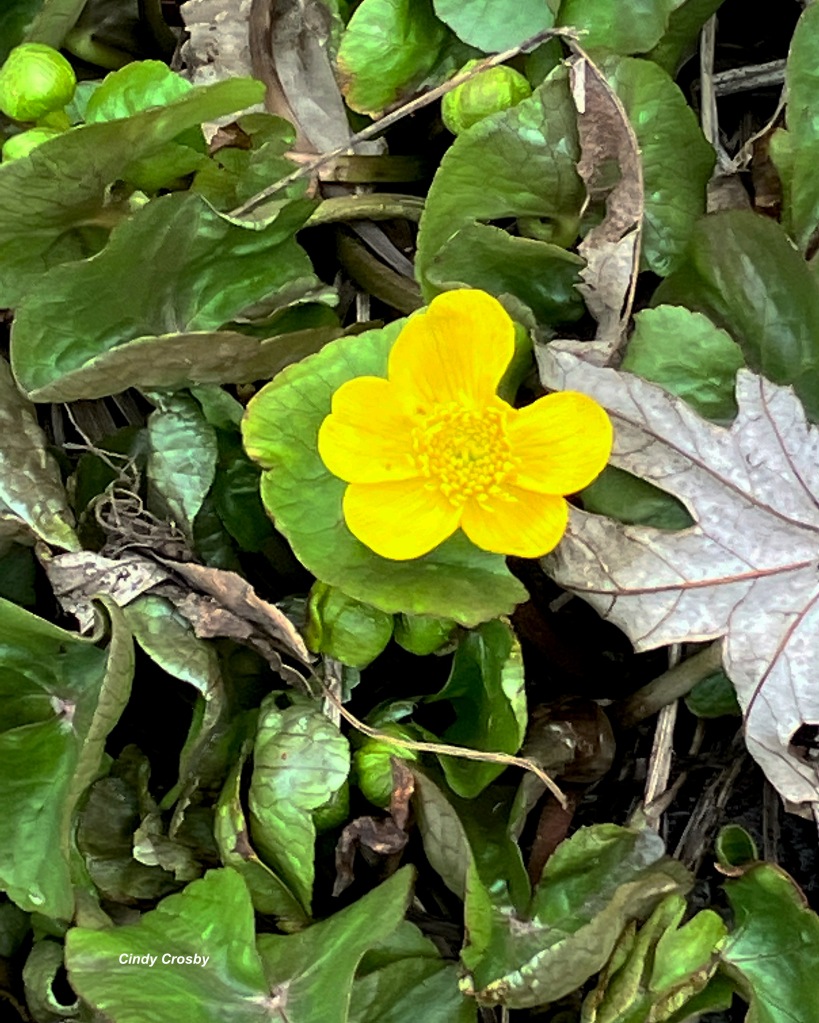





































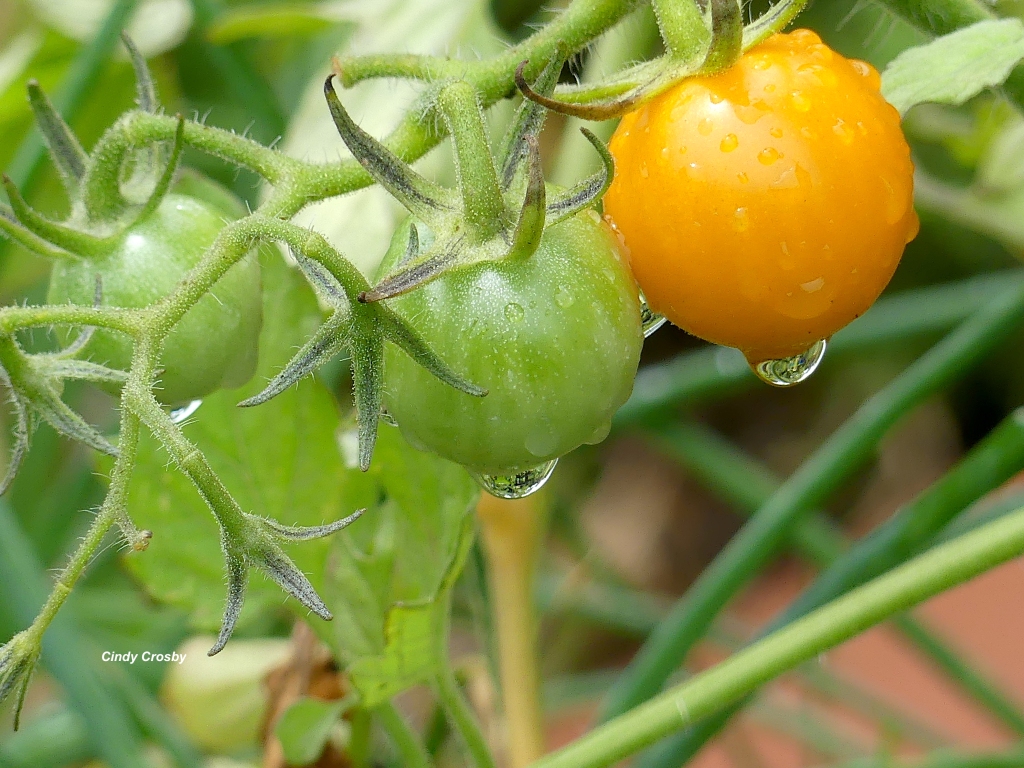
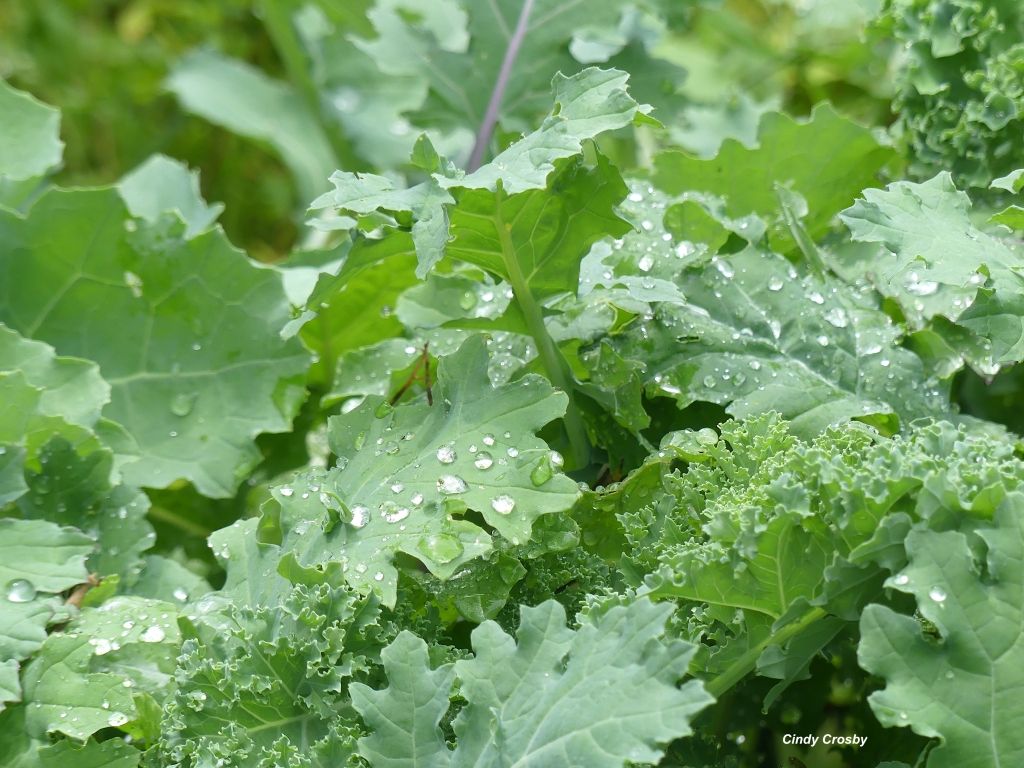
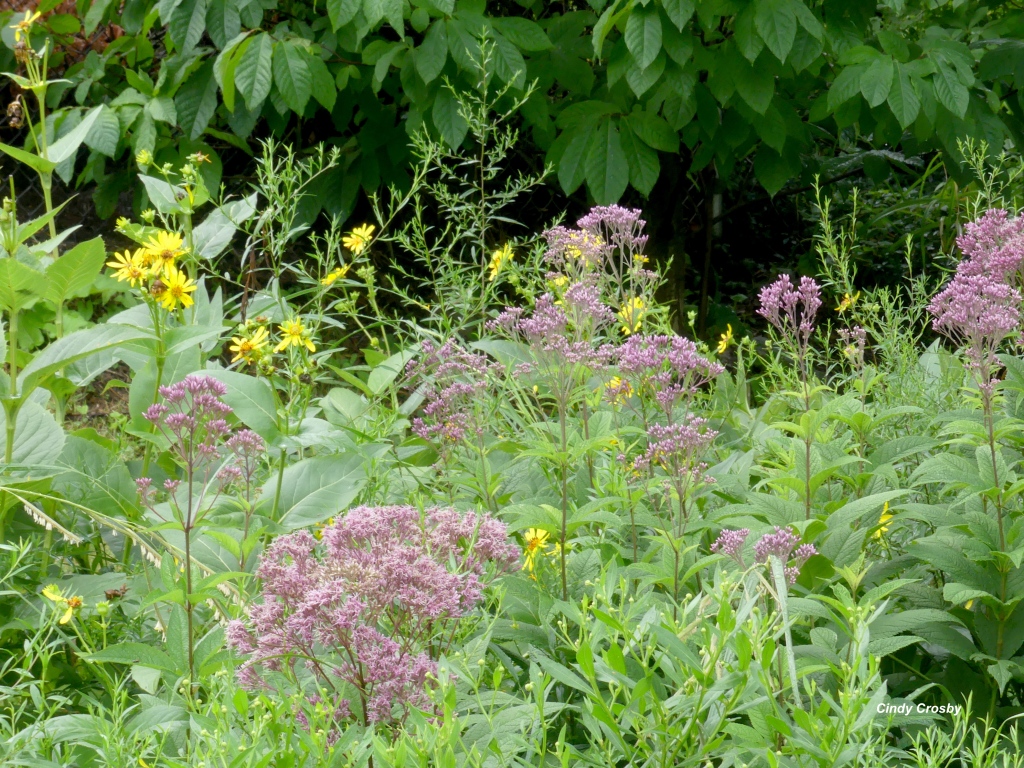
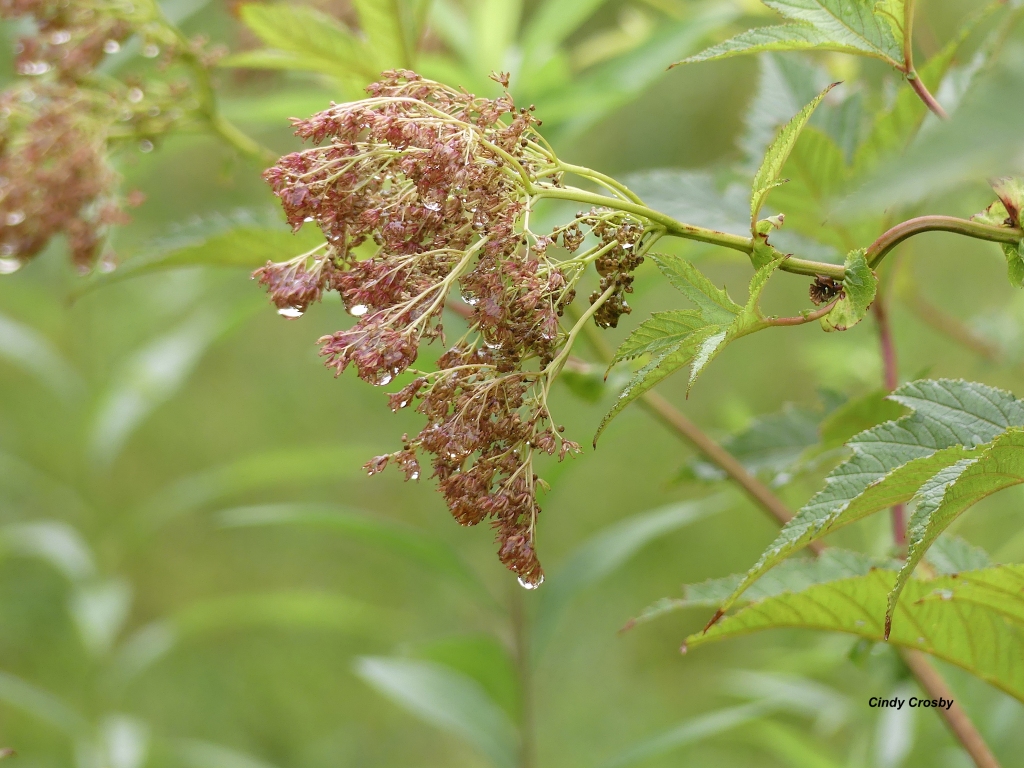
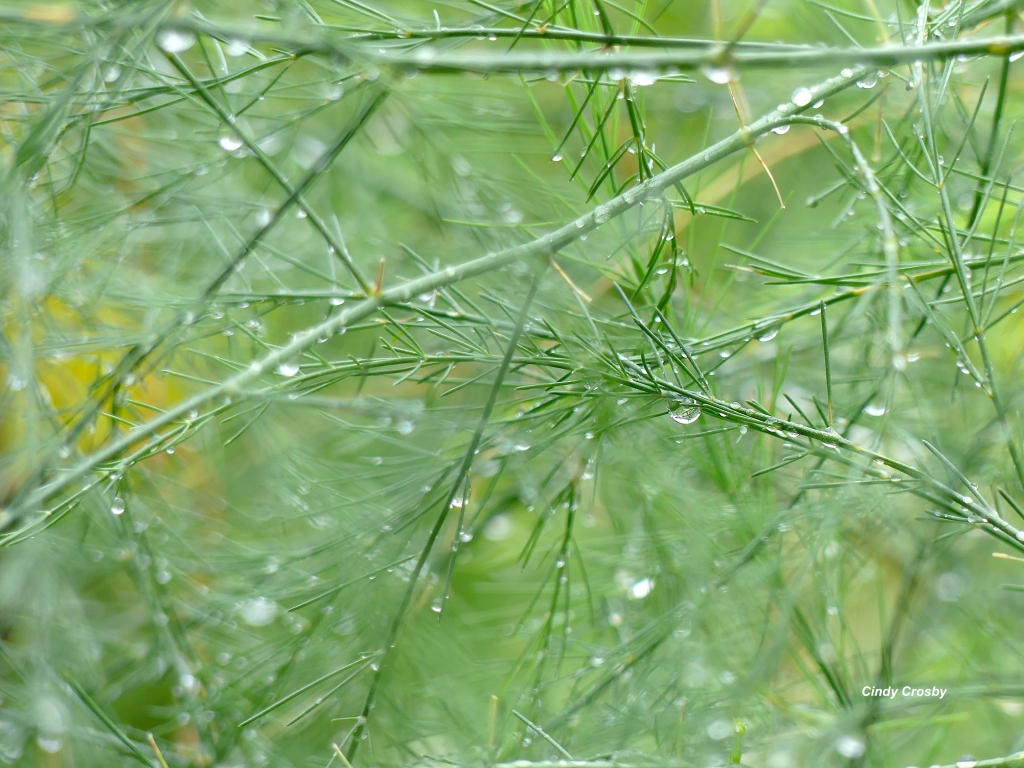
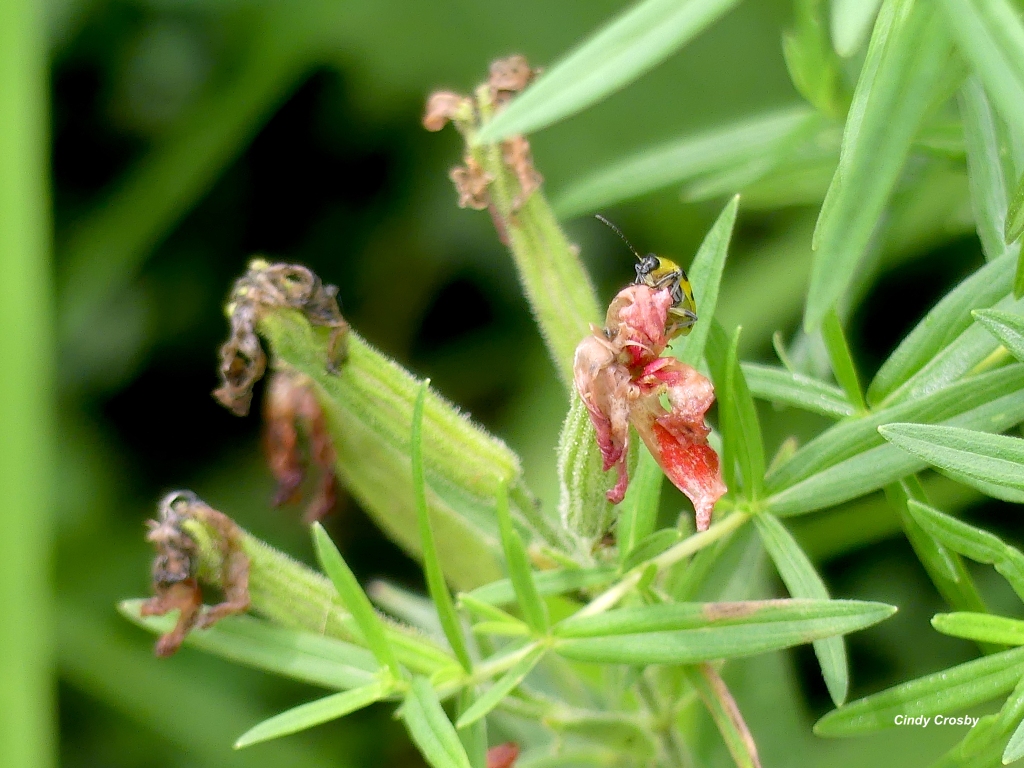
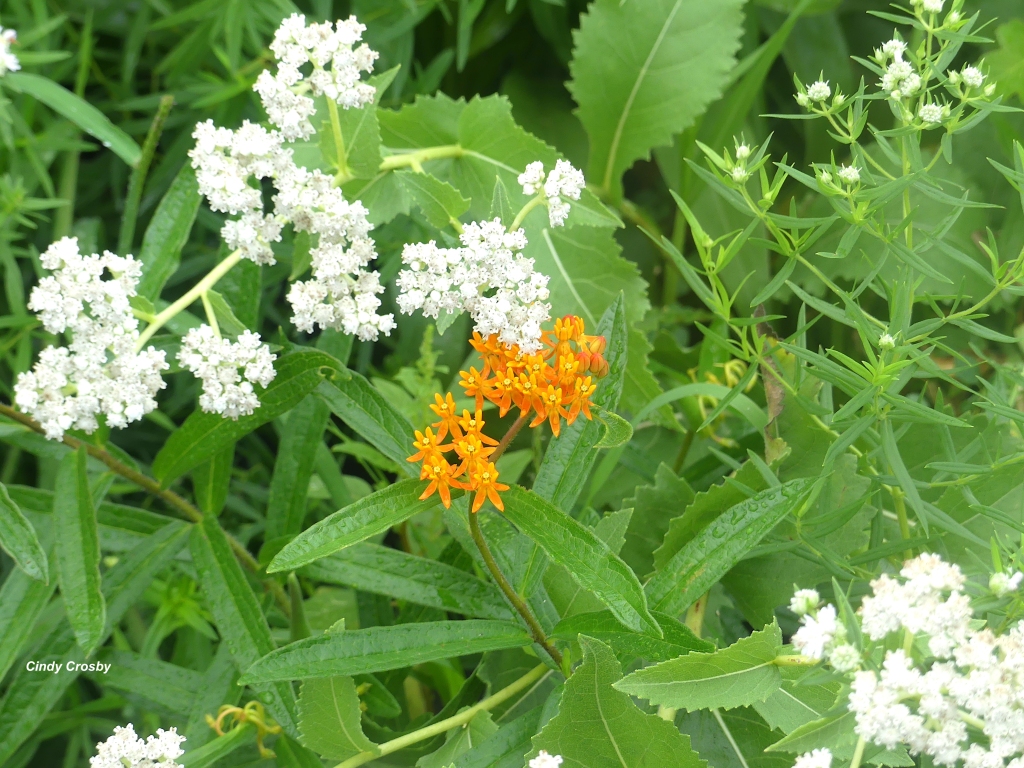
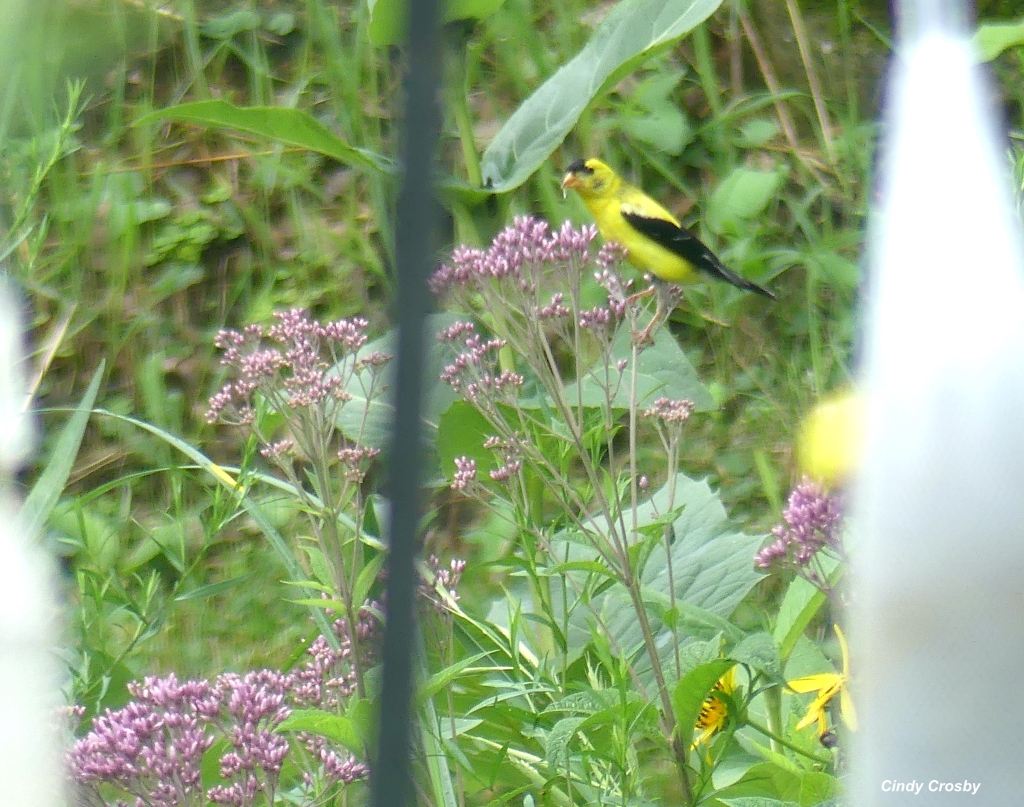

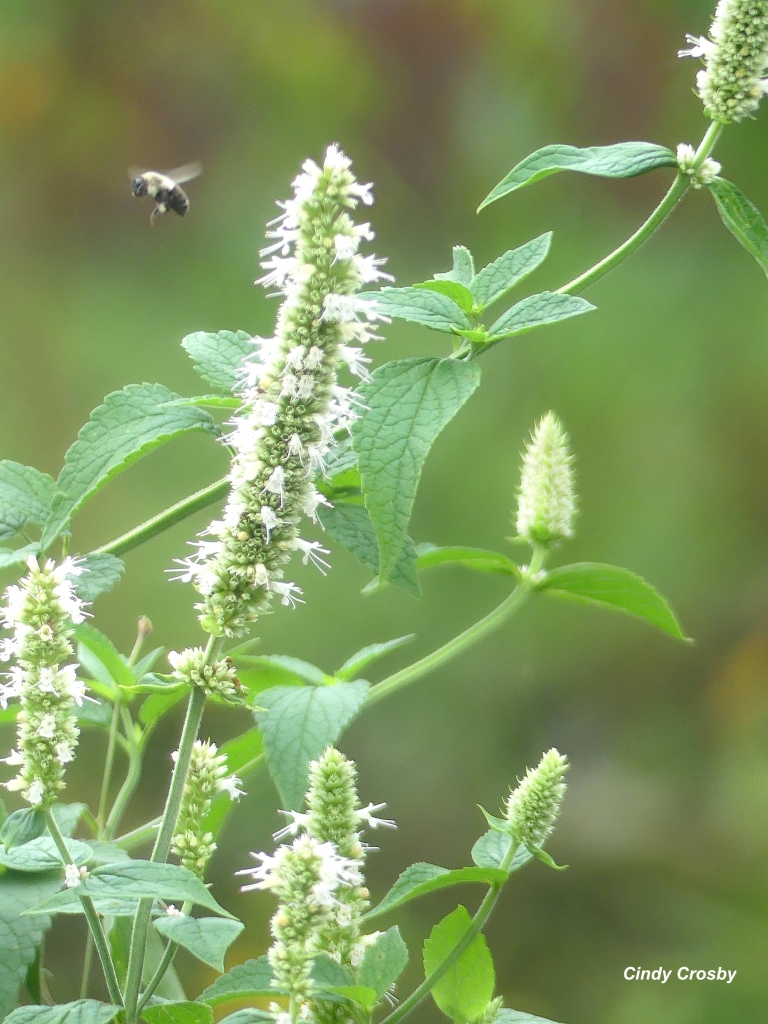
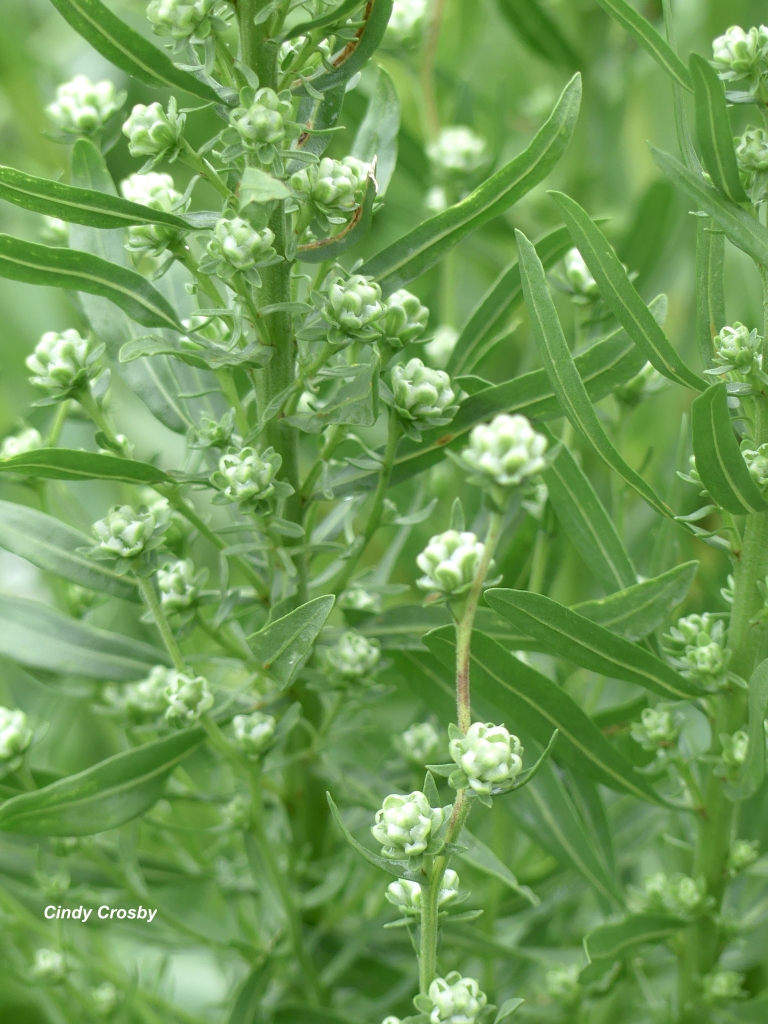
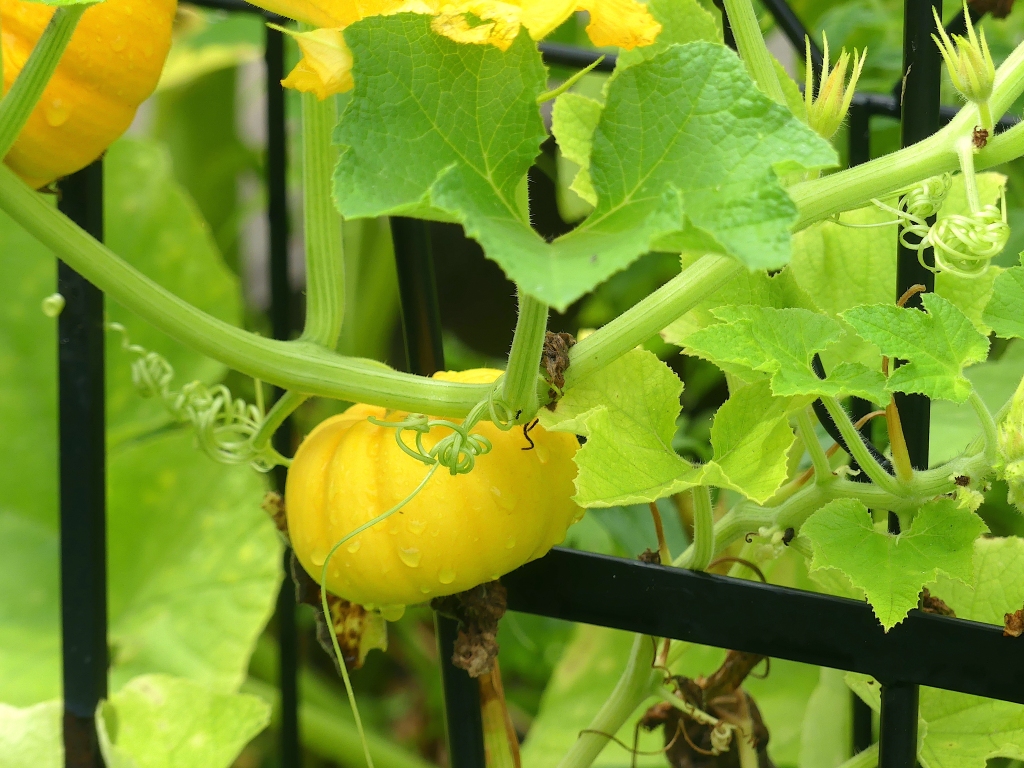
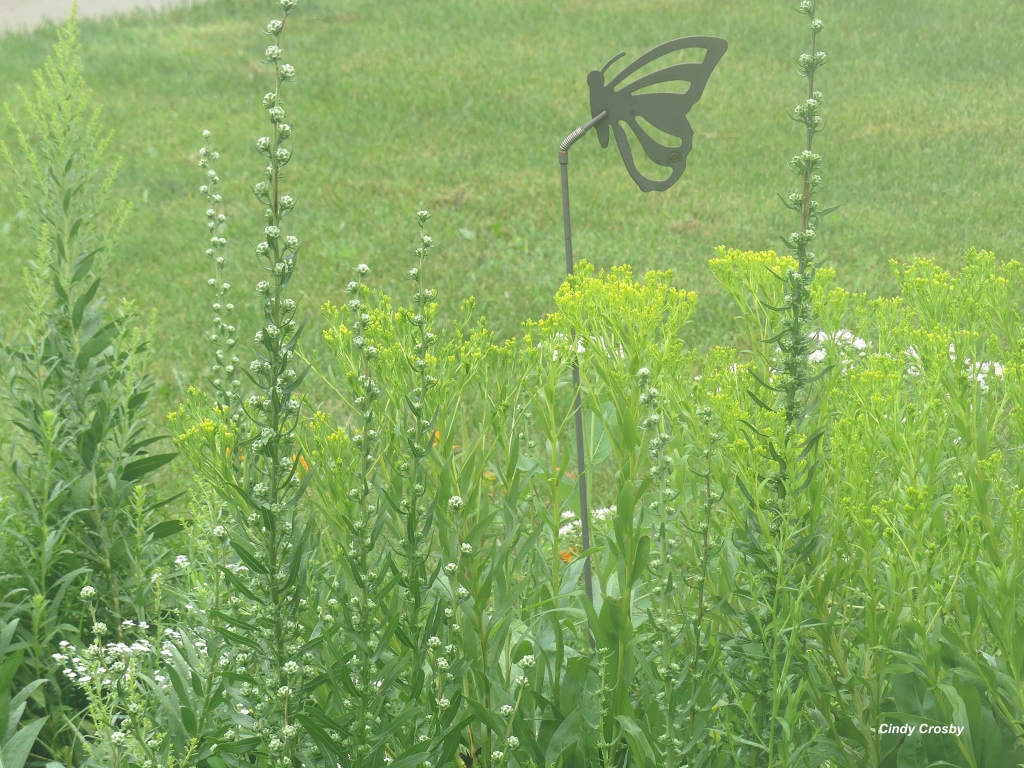
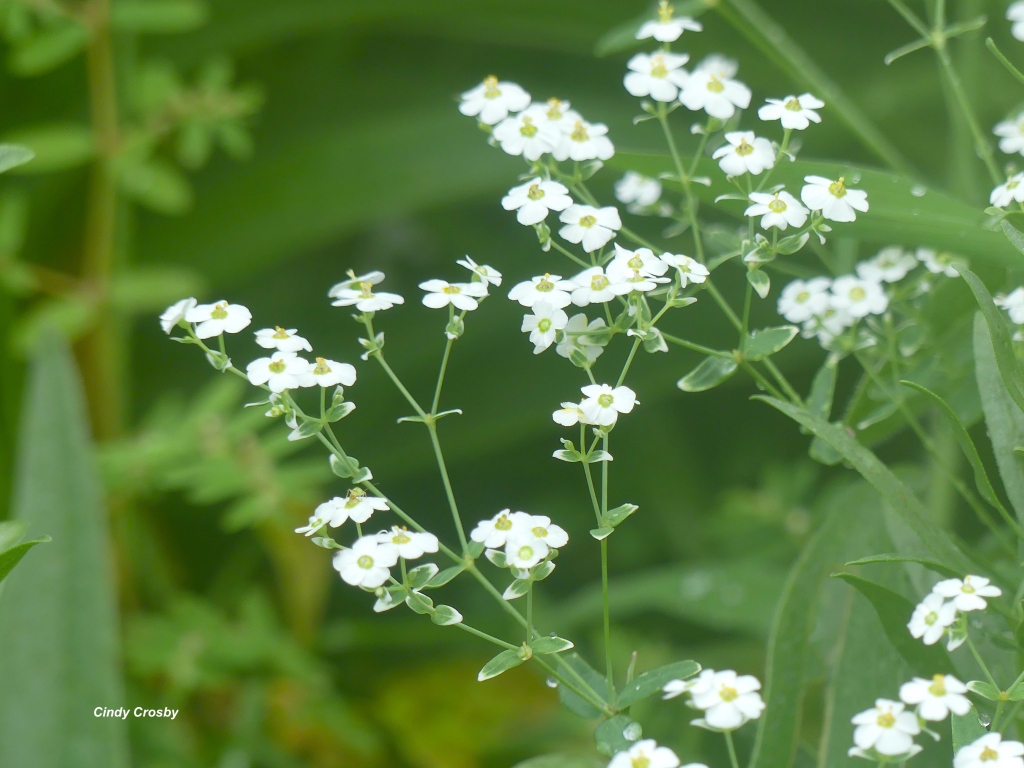


















 As a prairie steward, I keep my eyes open for this marsh marigold imposter and ruthlessly eradicate it where I can. Give it an inch and it will take over the block. Look at the leaves and flowers of lesser celandine above, then look at the marsh marigolds below. Similar. But different.
As a prairie steward, I keep my eyes open for this marsh marigold imposter and ruthlessly eradicate it where I can. Give it an inch and it will take over the block. Look at the leaves and flowers of lesser celandine above, then look at the marsh marigolds below. Similar. But different.


 Such joy!
Such joy!
















